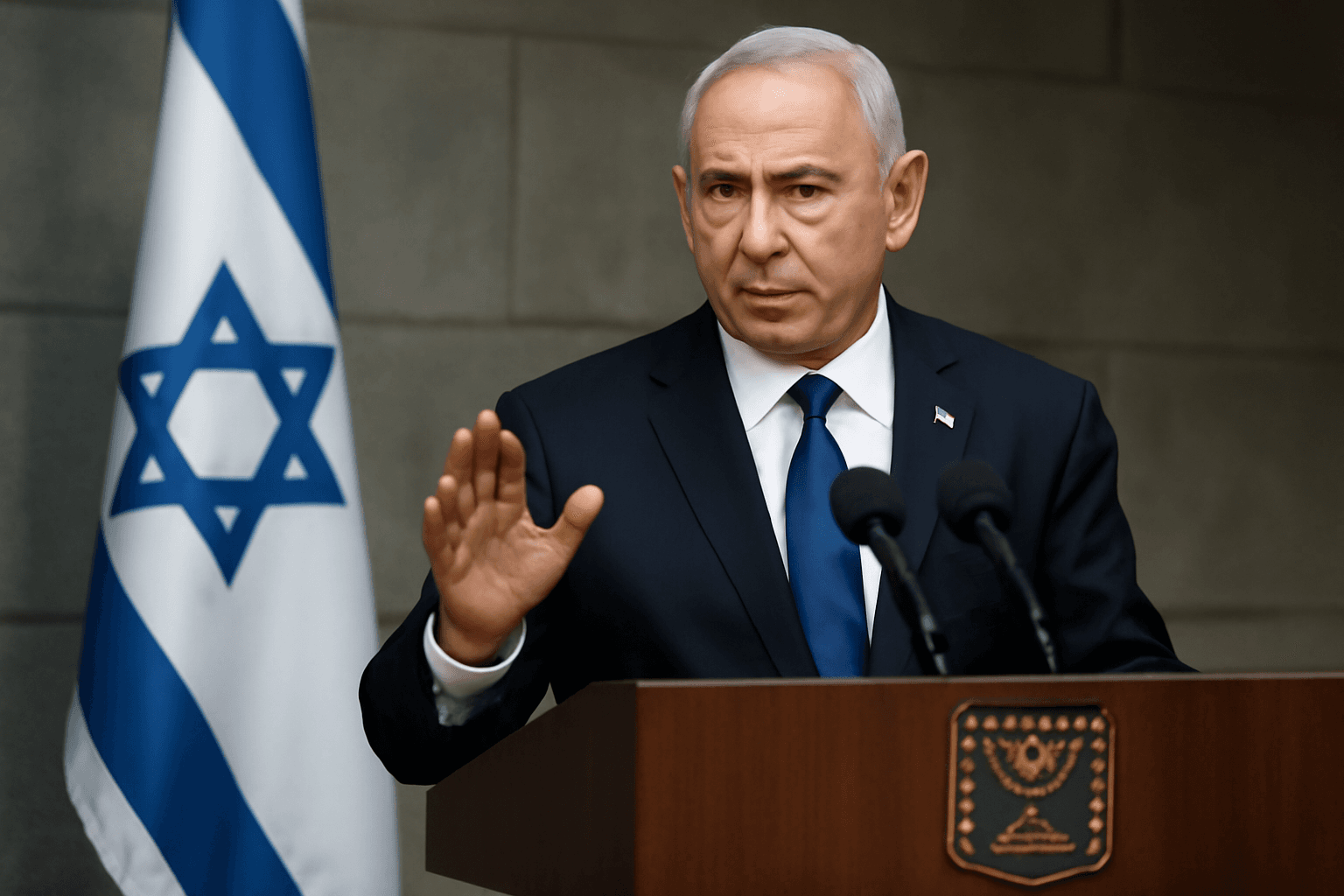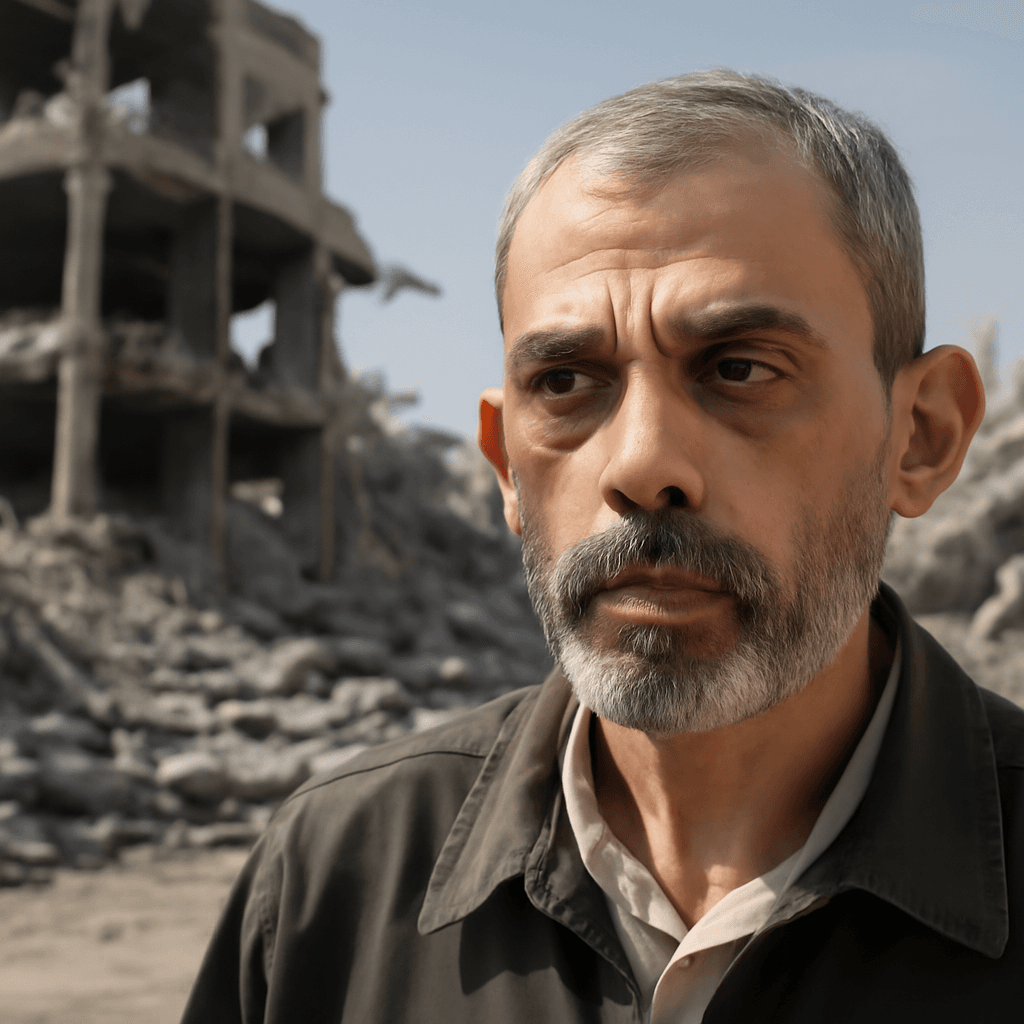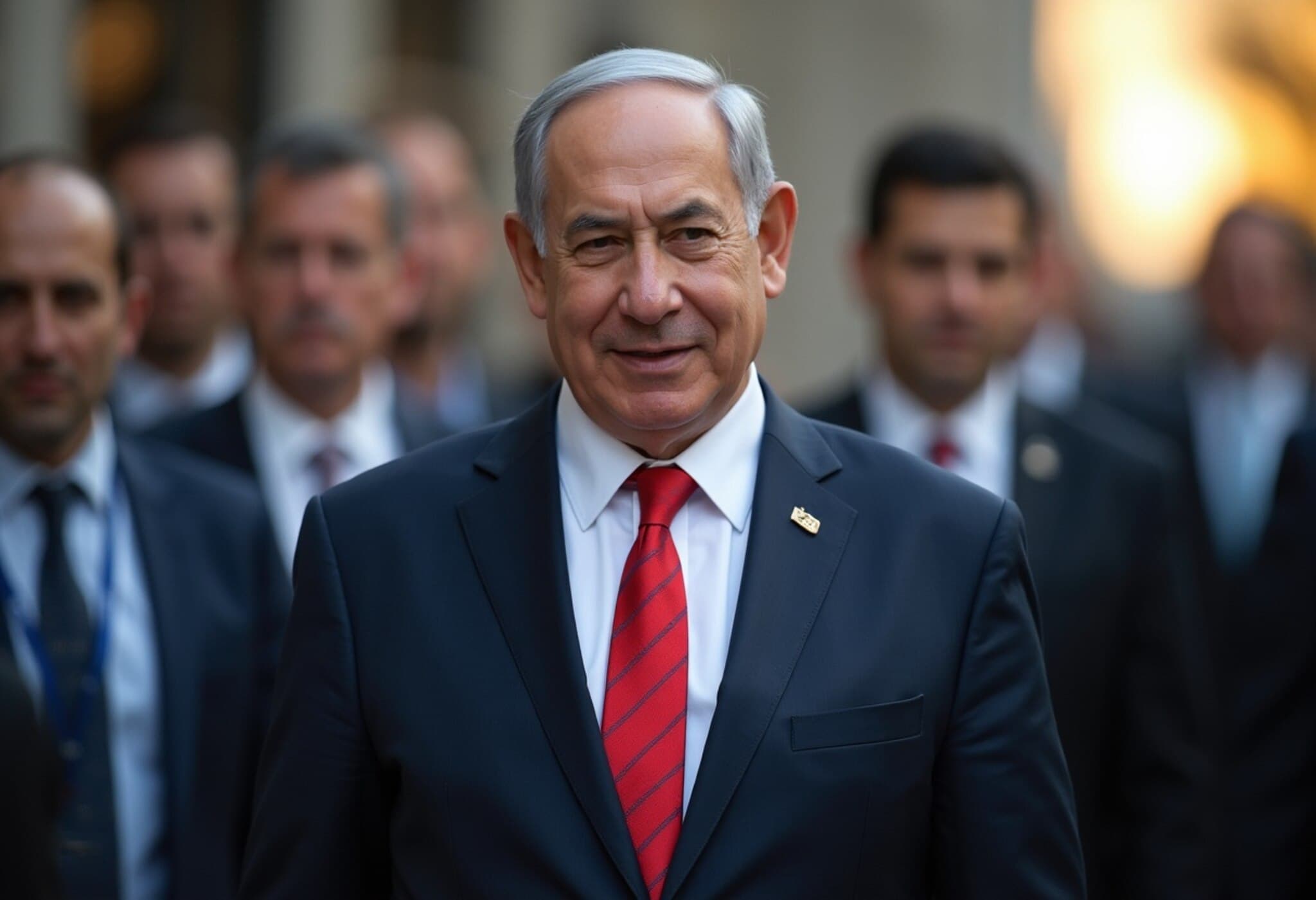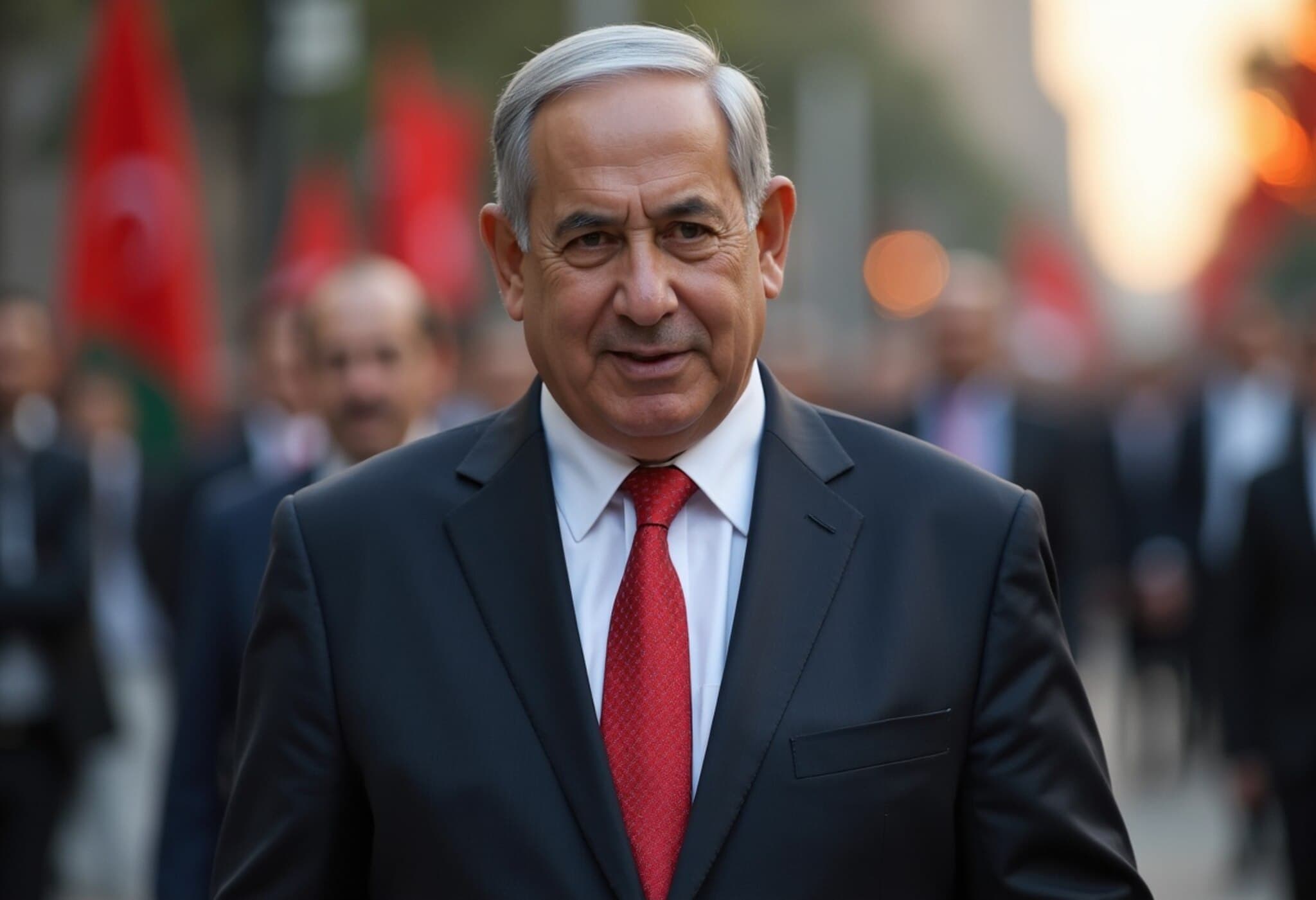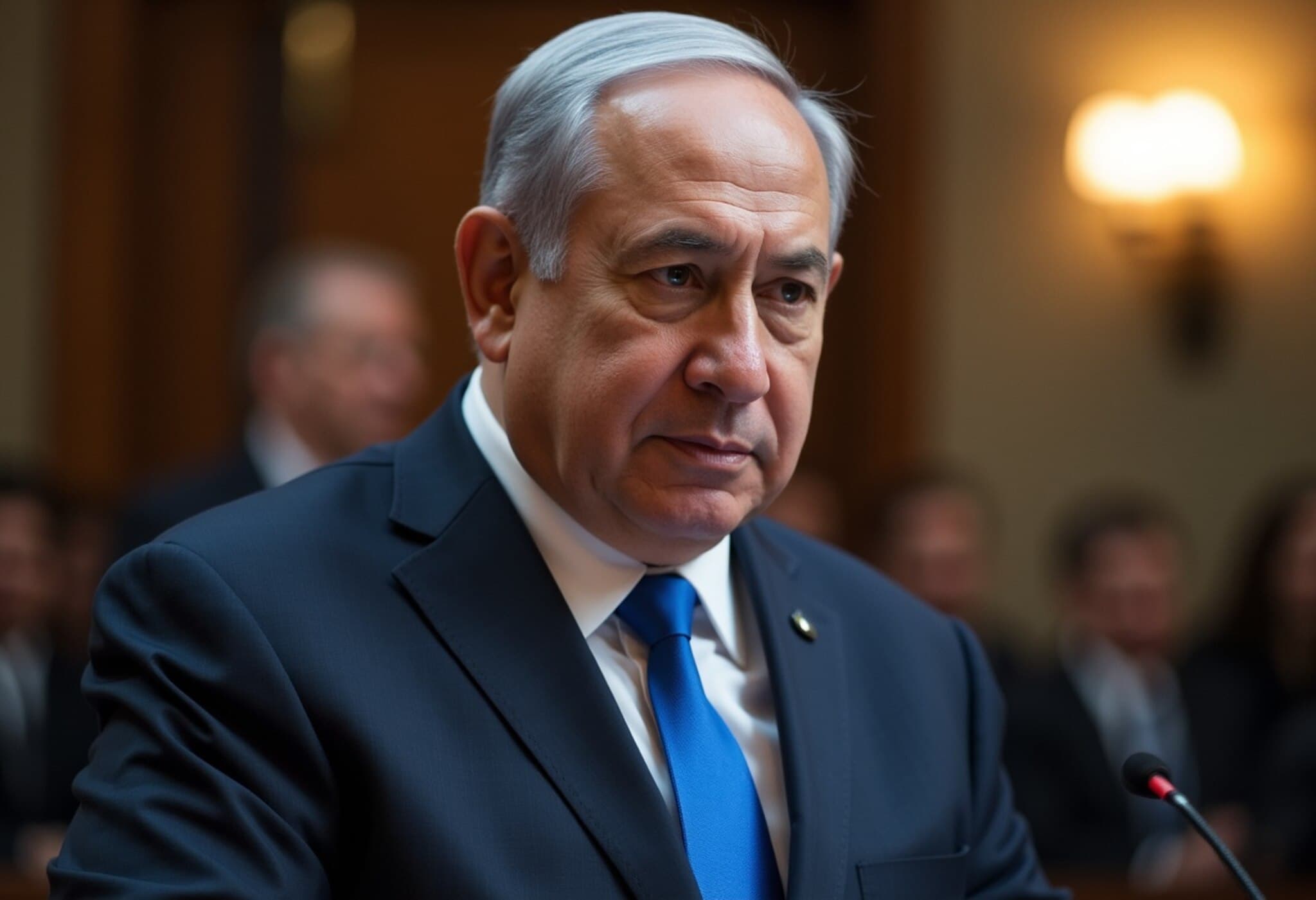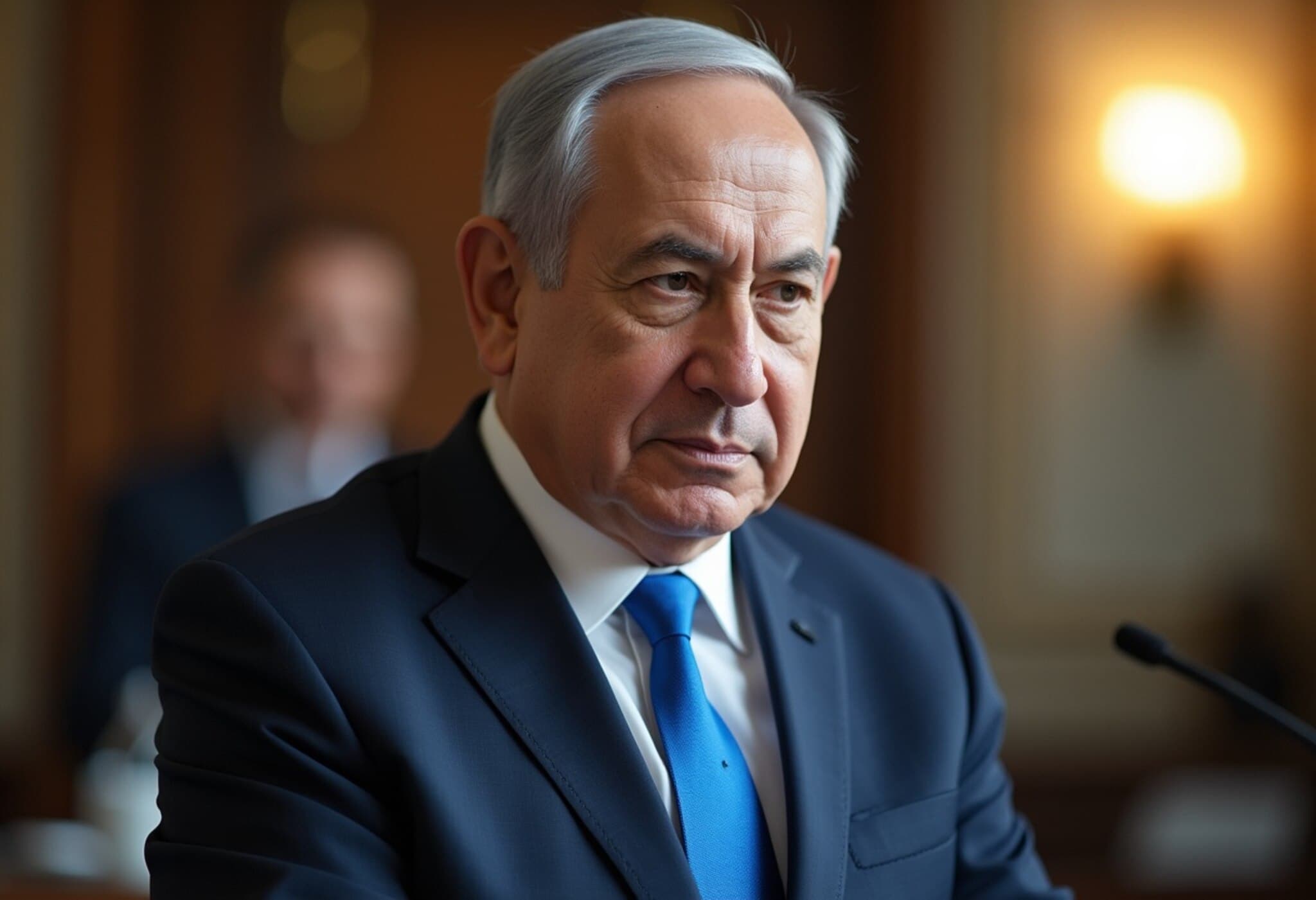Behind Closed Doors: Netanyahu’s Unseen Gaza Ceasefire Proposal
In a startling revelation that sheds new light on the prolonged Gaza conflict, Israeli Prime Minister Benjamin Netanyahu reportedly prepared a ceasefire plan as early as April 2024, nearly six months into the war. According to an exclusive New York Times report, the plan envisioned a delicate six-week truce coupled with the release of hostages held by Hamas—an offer quietly shared with Egyptian mediators but never publicly disclosed or debated within Netanyahu’s cabinet.
The Proposed Truce: Key Elements and Potential Impact
The ceasefire draft sought more than just a temporary halt in bloodshed. It aimed to create a foundation for broader peace negotiations and facilitate the release of over 30 hostages within weeks. The report outlines how, had this truce taken effect, it might have unlocked further prisoner releases and possibly paved the way for a landmark normalization agreement between Israel and Saudi Arabia—a diplomatic breakthrough with the power to reshape Middle Eastern geopolitics and solidify Netanyahu’s historical legacy.
Political Realities: Coalition Struggles and Internal Opposition
Despite its promise, the ceasefire plan was weighed down by the fragile nature of Netanyahu’s governing coalition. Key far-right ministers, including Finance Minister Bezalel Smotrich and National Security Minister Itamar Ben-Gvir, vehemently opposed any pause in combat, advocating instead for a full military occupation of Gaza and initiatives to expand Jewish settlements there. When Smotrich learned of the ceasefire draft, he reportedly threatened to bring down the entire government if it proceeded.
Faced with this internal revolt, Netanyahu opted to prioritize political survival, denying the plan’s existence publicly and instructing his advisors to withhold it from cabinet discussions. This decision, experts suggest, highlights the complex balance of power within Israeli politics where ideological hardliners wield significant influence over government strategy—even in moments of potential diplomatic breakthrough.
The Human and Global Toll of the Prolonged Conflict
As the Gaza war drags on, it has emerged as the longest high-intensity conflict in Israel’s history, with devastating consequences. Over 55,000 lives have been lost, including thousands of children, and much of Gaza lies in ruins. The international community’s response has become decidedly critical, with the International Court of Justice evaluating genocide allegations against Israel and widespread diplomatic condemnation intensifying.
Netanyahu’s reluctance to pursue an earlier ceasefire opportunity is increasingly a point of contention among analysts and human rights observers, spotlighting missed opportunities for peace amid immense suffering.
Expert Insights: What This Means for Middle East Peace Prospects
From a policy standpoint, this episode underlines the profound difficulties leaders face in navigating domestic political pressures while managing international conflict resolution efforts. The intertwining of ideological rigidity and governance fragility often hampers bold diplomatic moves—even those with significant humanitarian upside.
- Diplomatic Implications: A successful ceasefire in April 2024 could have shifted regional dynamics, opening channels between Israel and Gulf states beyond Egypt.
- Domestic Political Risks: Netanyahu’s experience reveals how coalition fragility and far-right influence limit Israel’s foreign policy flexibility.
- Humanitarian Considerations: The decision delayed potential relief for civilians and hostages caught in the crossfire, raising ethical questions about political calculations in wartime.
Looking Ahead: Reflection and Accountability
As analysts pore over the long-term consequences of Netanyahu’s choice, broader questions emerge about leadership in times of crisis. How might history judge decisions that sacrifice tentative peace initiatives for internal political stability? What lessons does this hold for conflict mediation strategies worldwide?
These questions resonate far beyond Israel and Gaza, emphasizing the delicate balance between power, principle, and pragmatism in contemporary geopolitics.
This disclosure of Netanyahu’s shelved ceasefire plan adds a vital piece to the complex Gaza conflict puzzle, underscoring how domestic political dynamics can profoundly affect international peace efforts. It invites readers to consider not only the human cost of prolonged war but also the political intricacies that influence which diplomatic paths are pursued—or abandoned. Understanding these layers is crucial for anyone seeking a nuanced grasp of Middle East affairs and the barriers to lasting peace.










